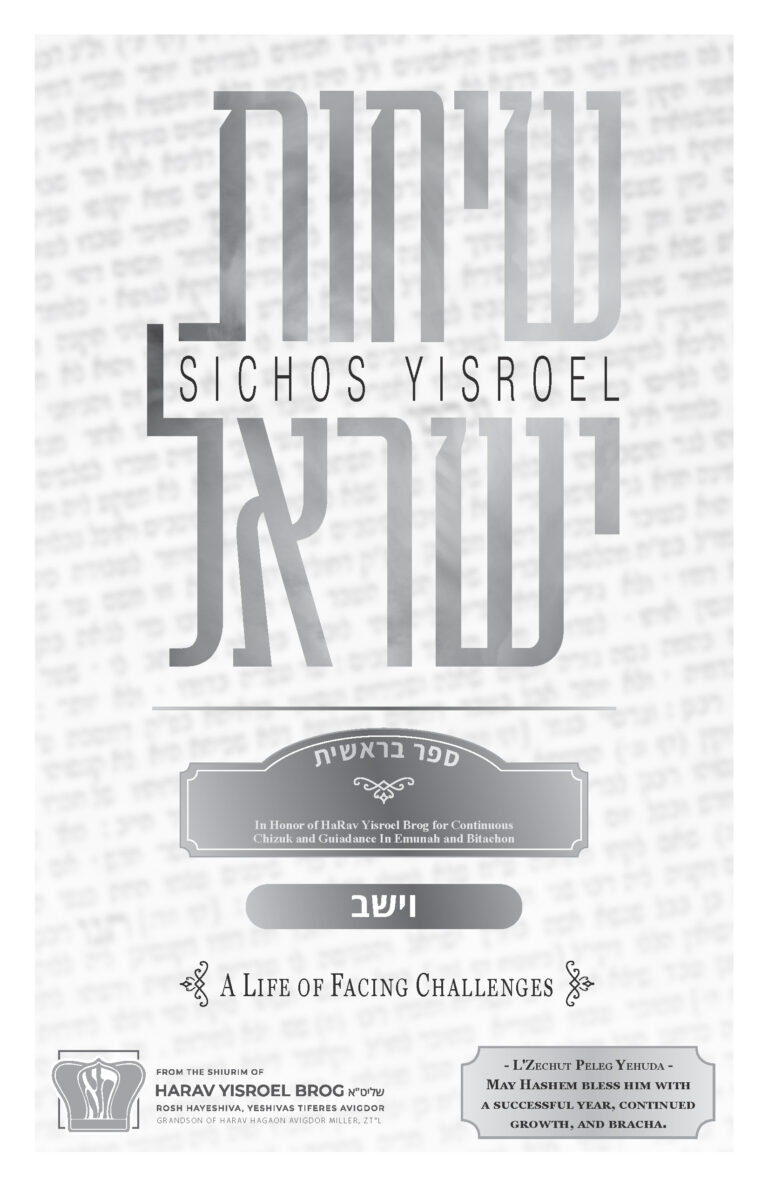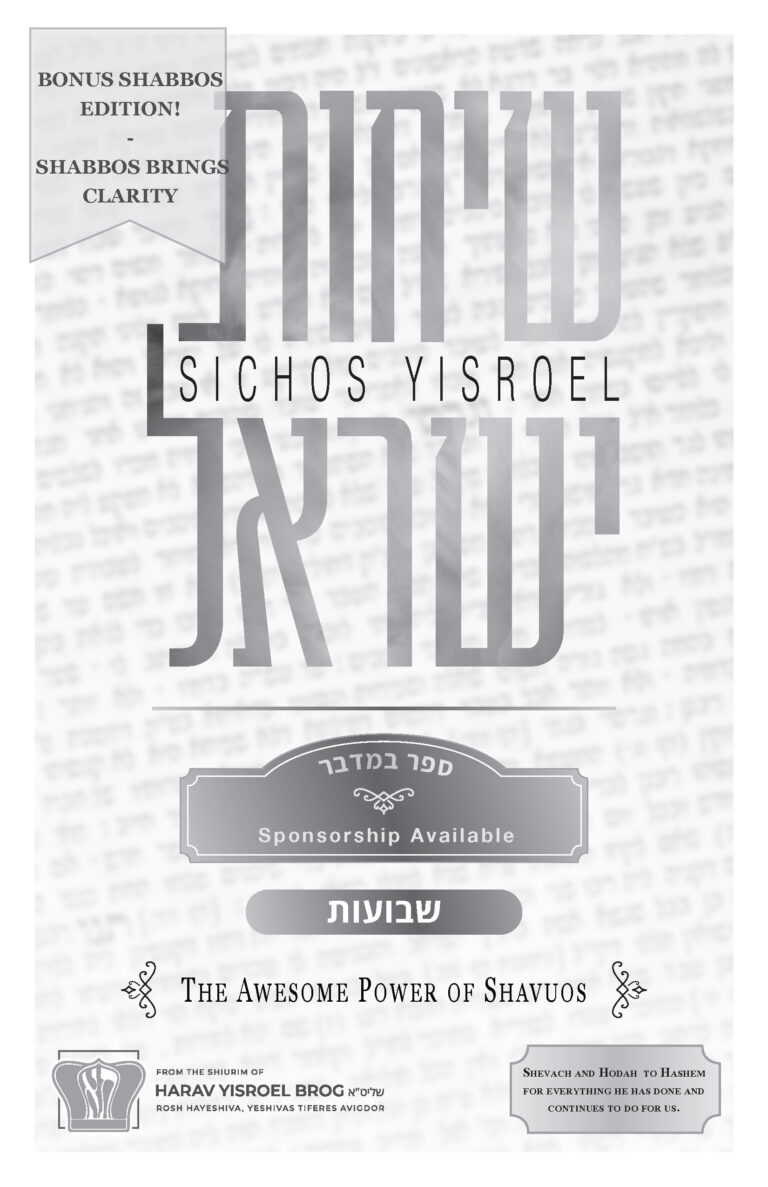Pekudei 5782 – Make Shabbos Great Again
May Hashem’s positive accounting of Klal Yisroel merit Moshiach’s immediate coming!
Visit YTATorah.org
Shiur presented in 5778

May Hashem’s positive accounting of Klal Yisroel merit Moshiach’s immediate coming!
Visit YTATorah.org
Shiur presented in 5778

In their great challenge against Moshe, Korach and his company made a showdown. Moshe Rabeinu told them, “We’ll meet you here, at the Mishkan tomorrow at noon. Bring your fire pans and we’ll bring our fire pans and we’ll have the showdown. May the best man win.”

Many times in our lives, we face different series of challenges, and many times the challenge is not a direct challenge to our Yahadus,but one that sneaks up on us. During yemei haChanukah, we need to understand what the challenge of the Yevanim was.

In this week’s parshah, there are a lot of powerful lessons to be learned. Yosef comes face to face with his brothers, and he reveals himself to them. Now, the passuk (Bereishis 45:4) says, אני יוסף אחיכם, I am Yosef your brother, אשר מכרתם אותי מצרימה, whom you sold to Mitzrayim. My Rebbi (HaRav Meir Halevi Soloveichik, zt”l) asked the following question: what was Yosef coming to add when he said אני יוסף אחיכם?

here’s a famous medrash that Rashi brings on the meaning of the word וַיֵּשֶׁב יַעֲקֹב, namely, that the term vayeishev insinuates that Yaakov Avinu wanted rest (Bereishis 37:2). He wanted מרגוע (restfulness). He had been in galus for many years, and was coming back to settle in Eretz Yisrael, the land of his forefathers. The medrash says…

We are in the Aseres Yemei Teshuvah, and most people are challenged by the yetzer hara about what teshuvah is, and how it works. You realize that the greatest challenge to the yetzer hara is teshuvah. To the yetzer hara, the most ‘feared’ tool that Hashem gave us is teshuvah.

There was a great tzaddik and talmid chacham, R’ Yosef Caro (1488-1575). He was mechaber the Shulchan Aruch and many other works. He was zocheh to tremendous giluyim min hashamayim over a 35-year period. He had a malach appear to him constantly who related to him a lot of sodos (secrets). R’ Chaim Volozhin writes in his introduction to the Biur HaGra on Safra Ditzniusa, that it is not a pele that chachmei Yisrael are zocheh to such giluyim, that they open up the shaarei shamayim for them.